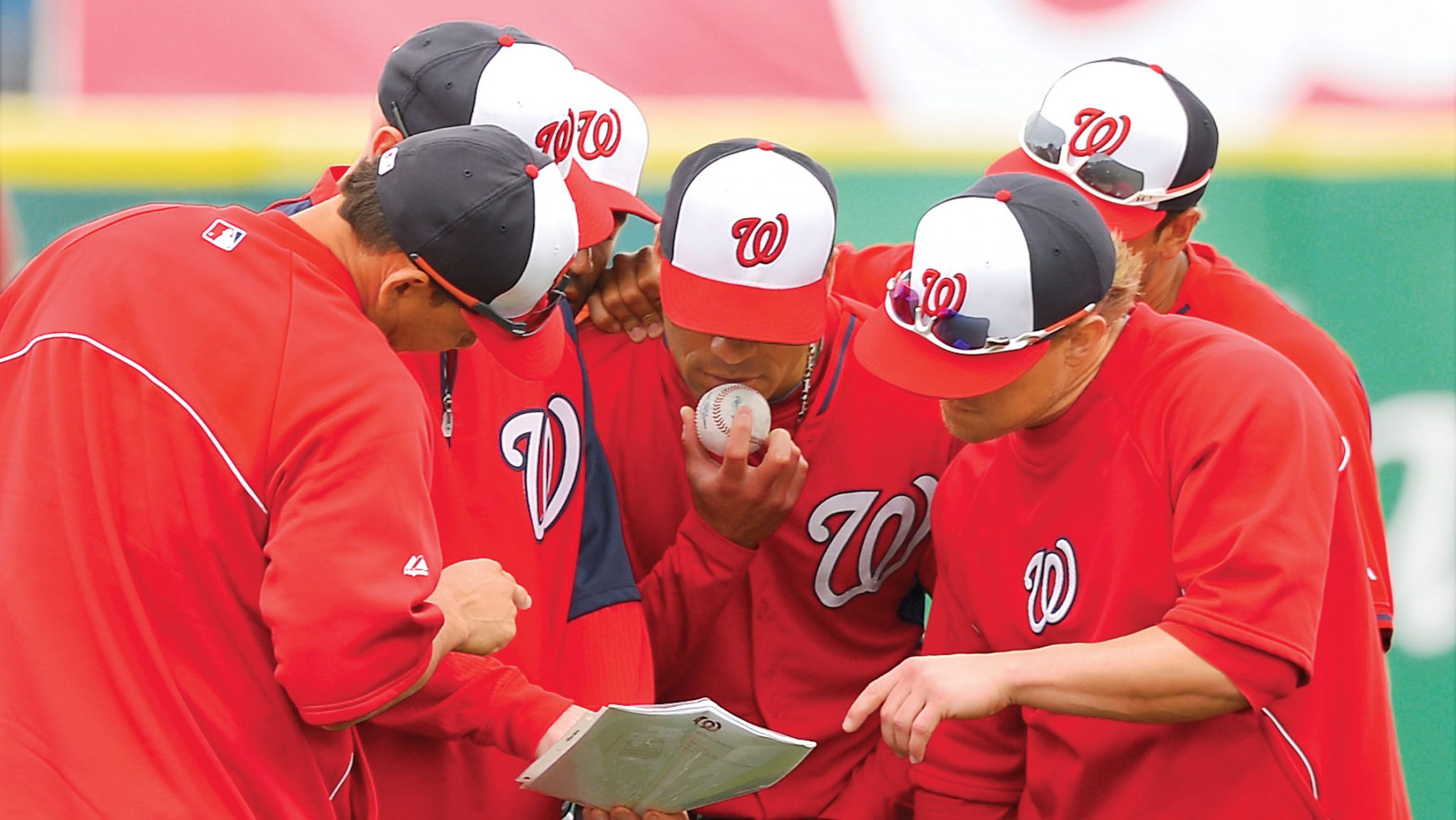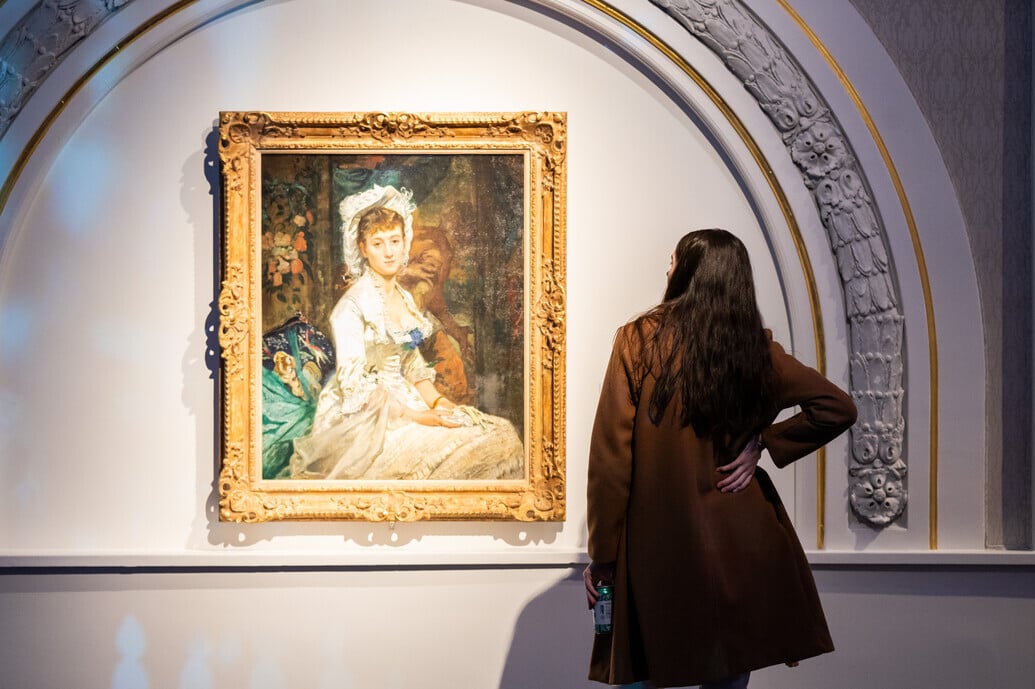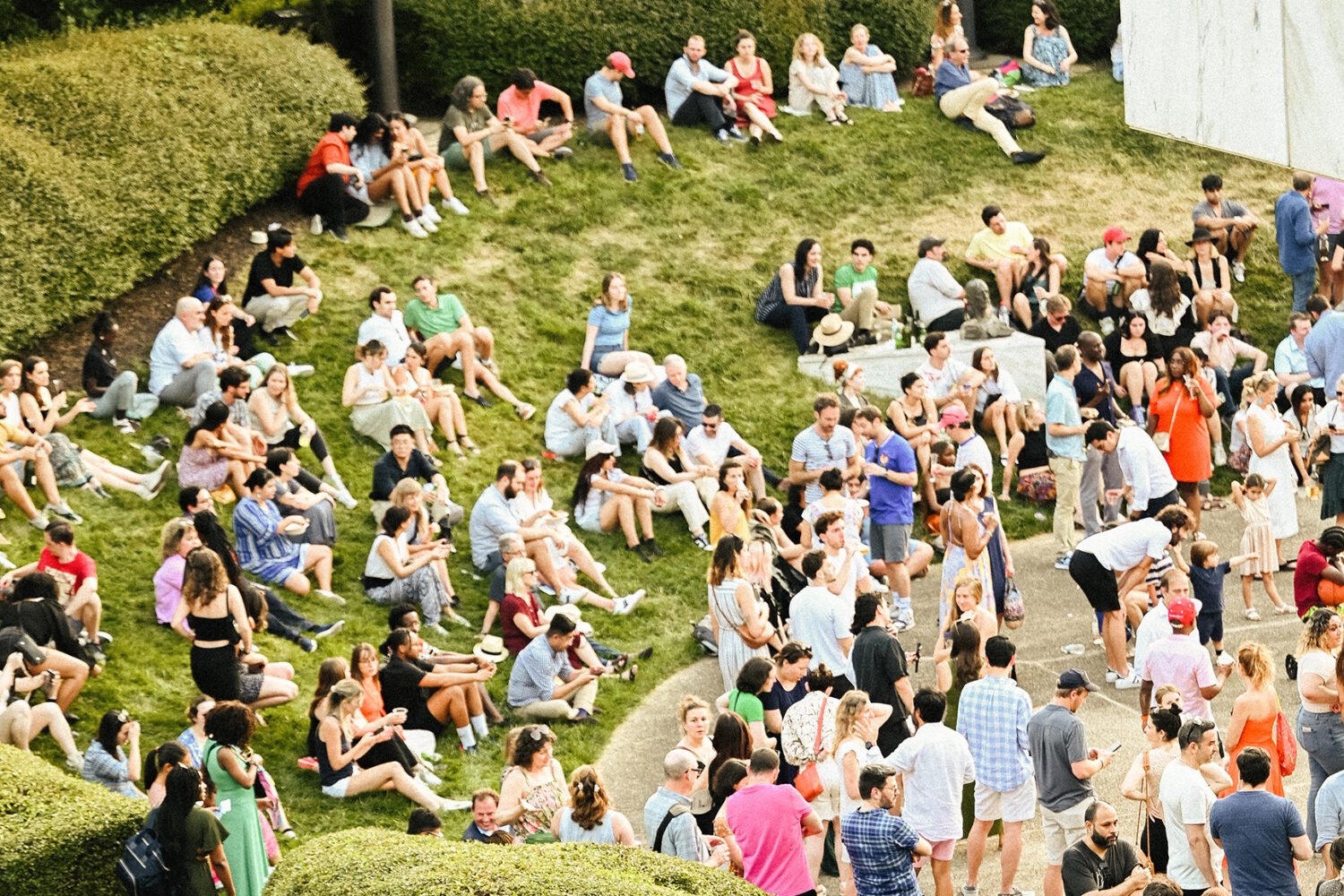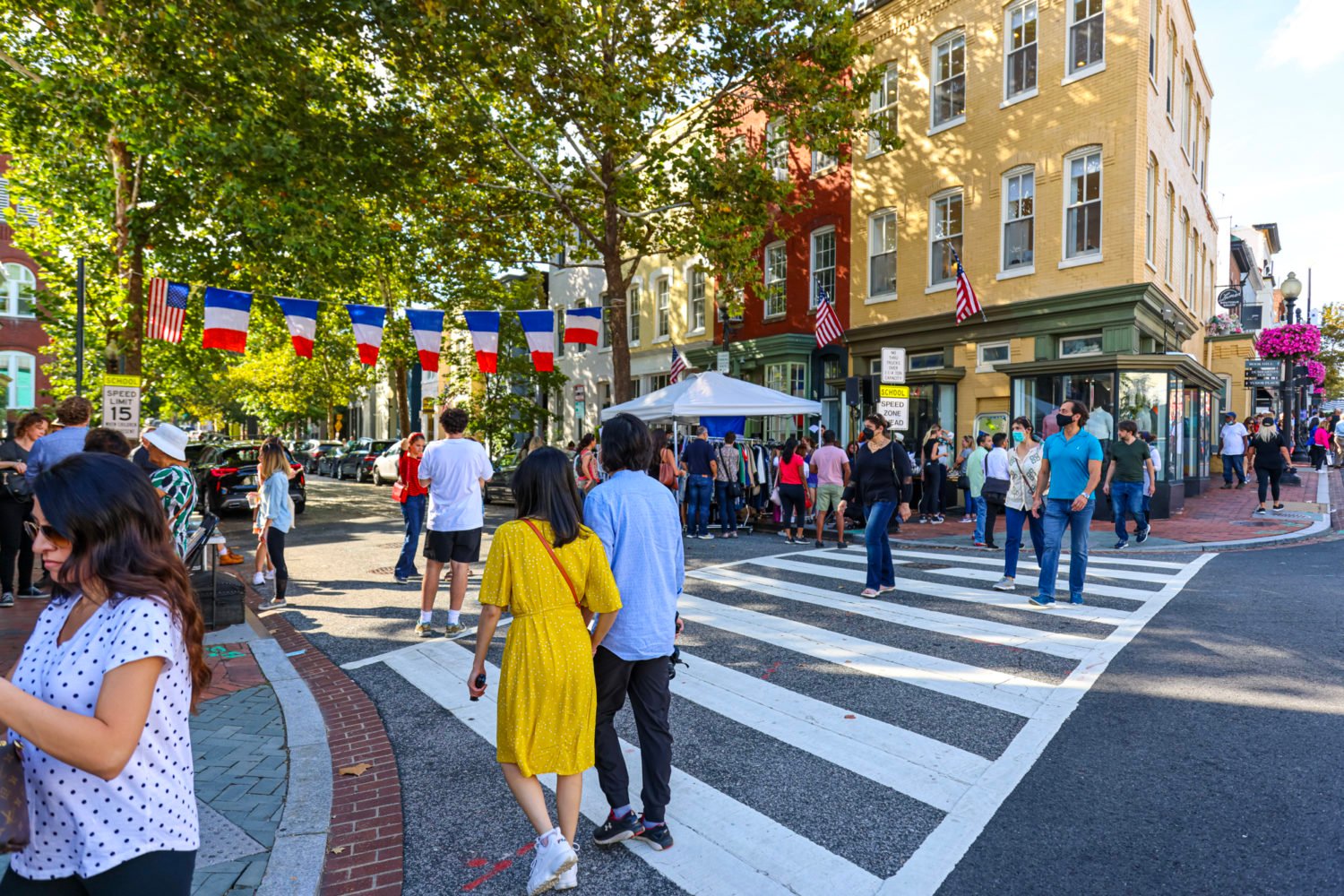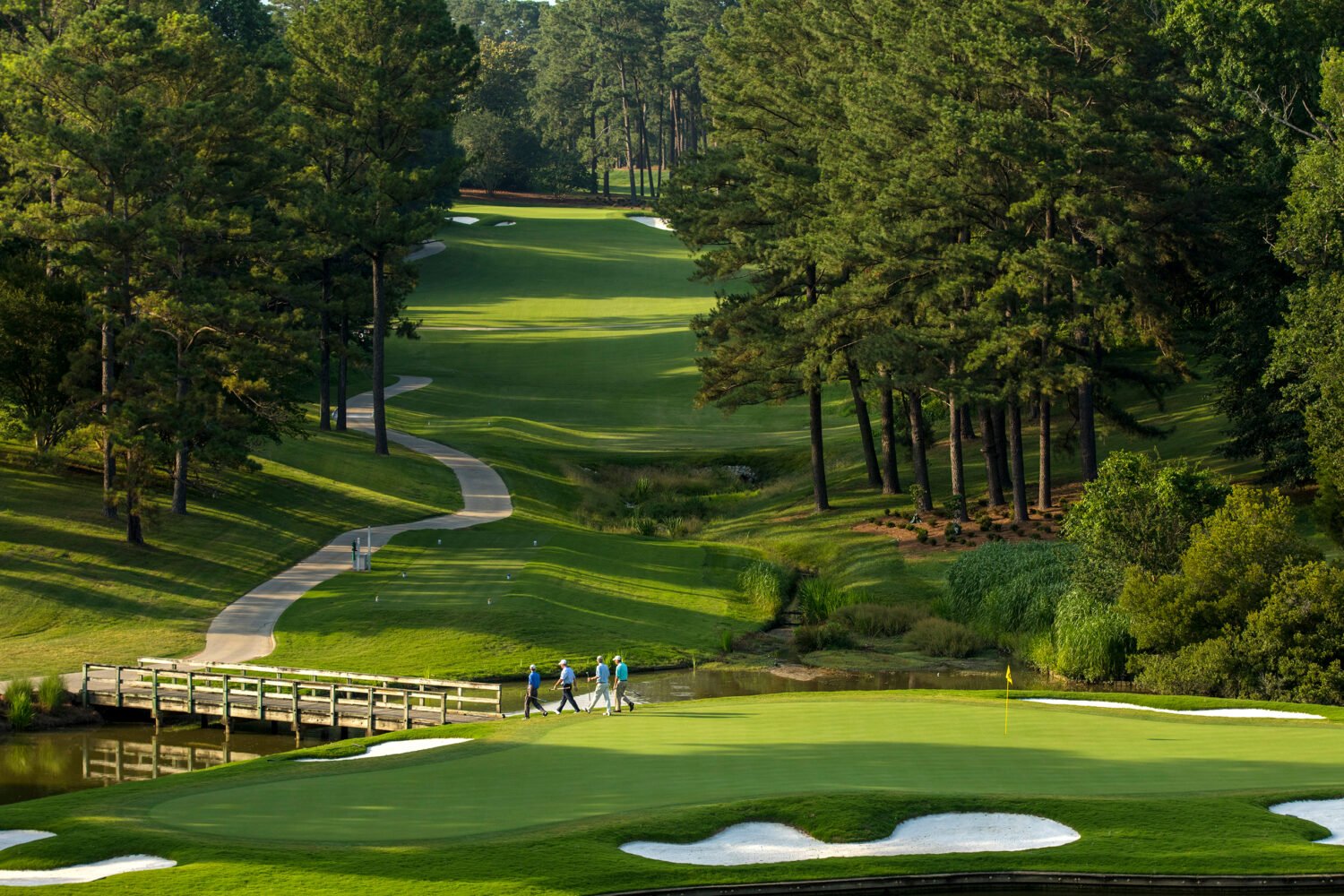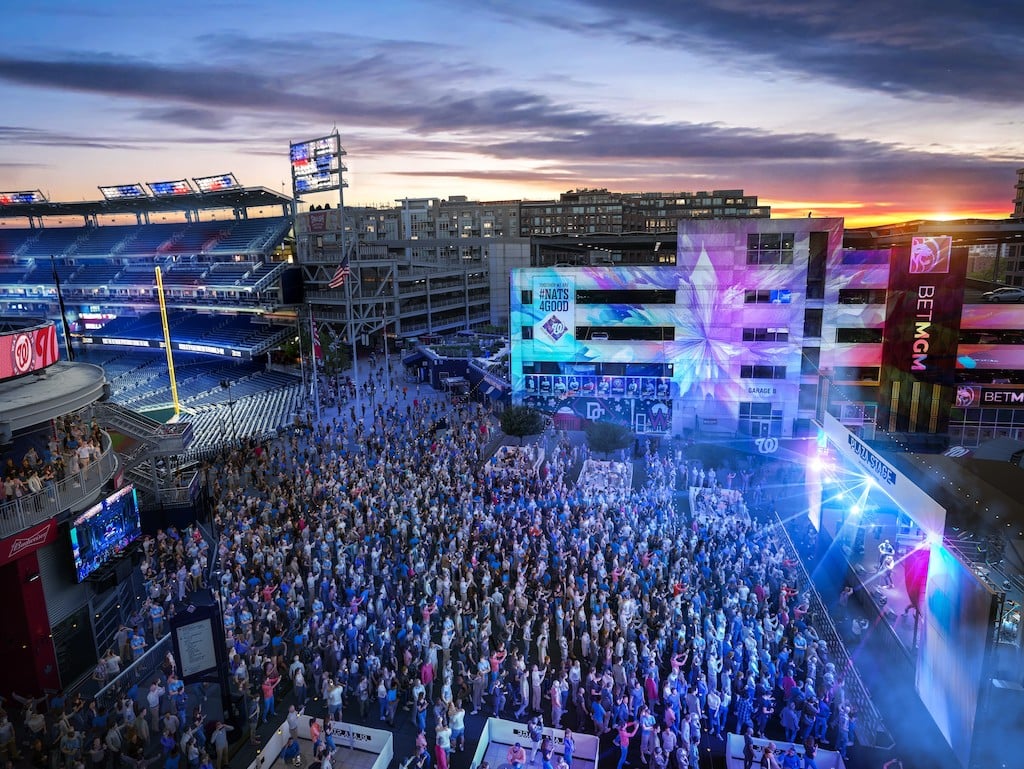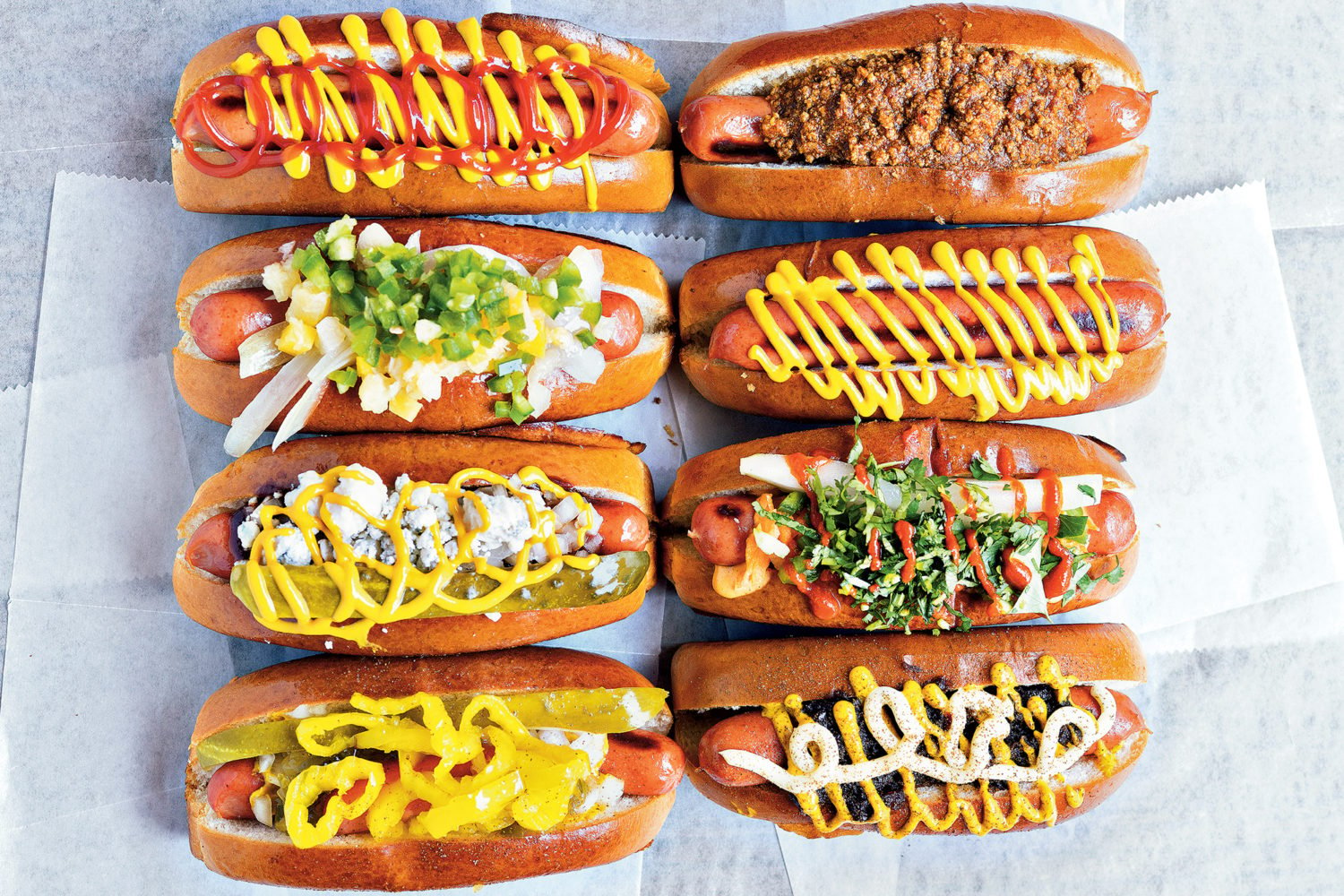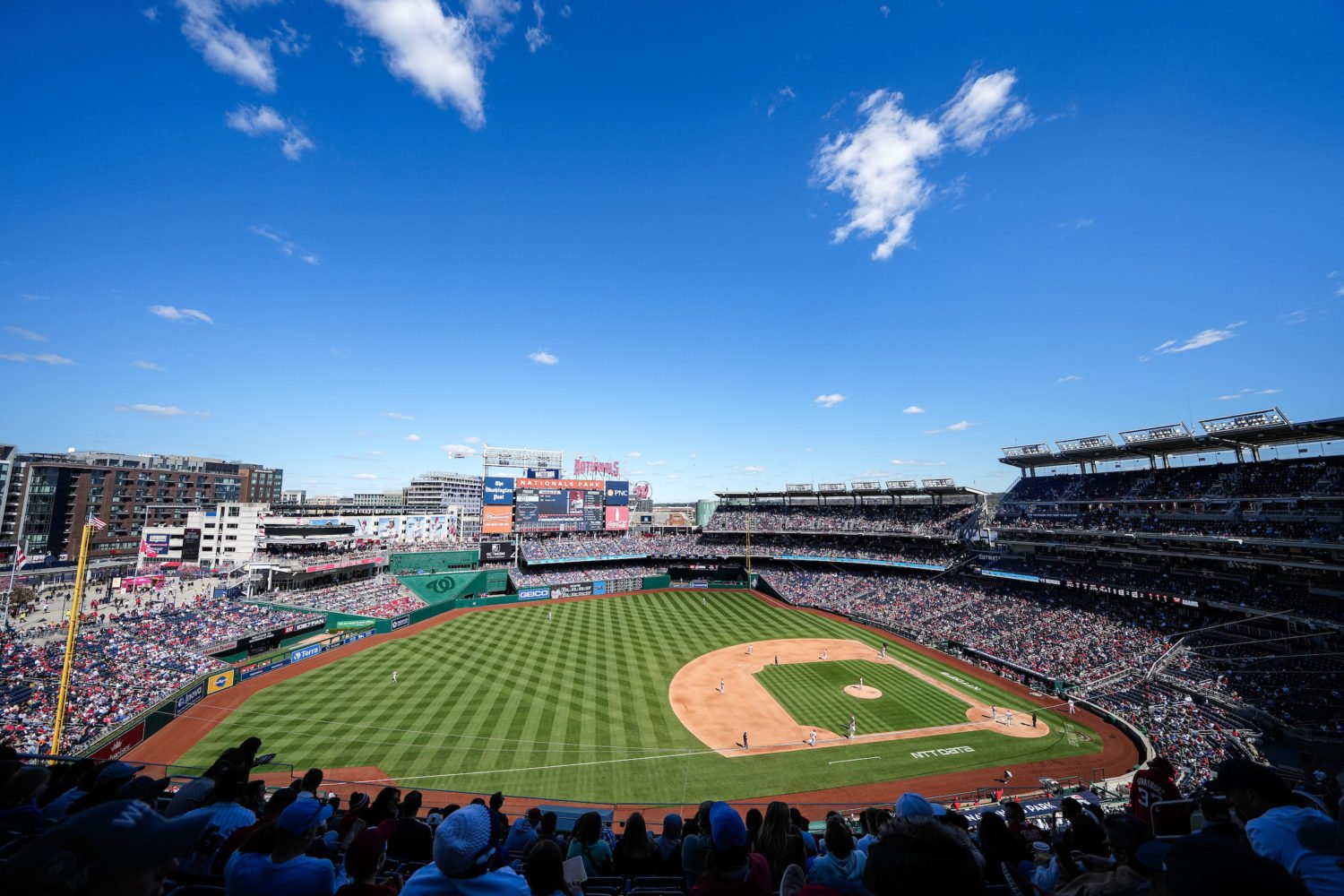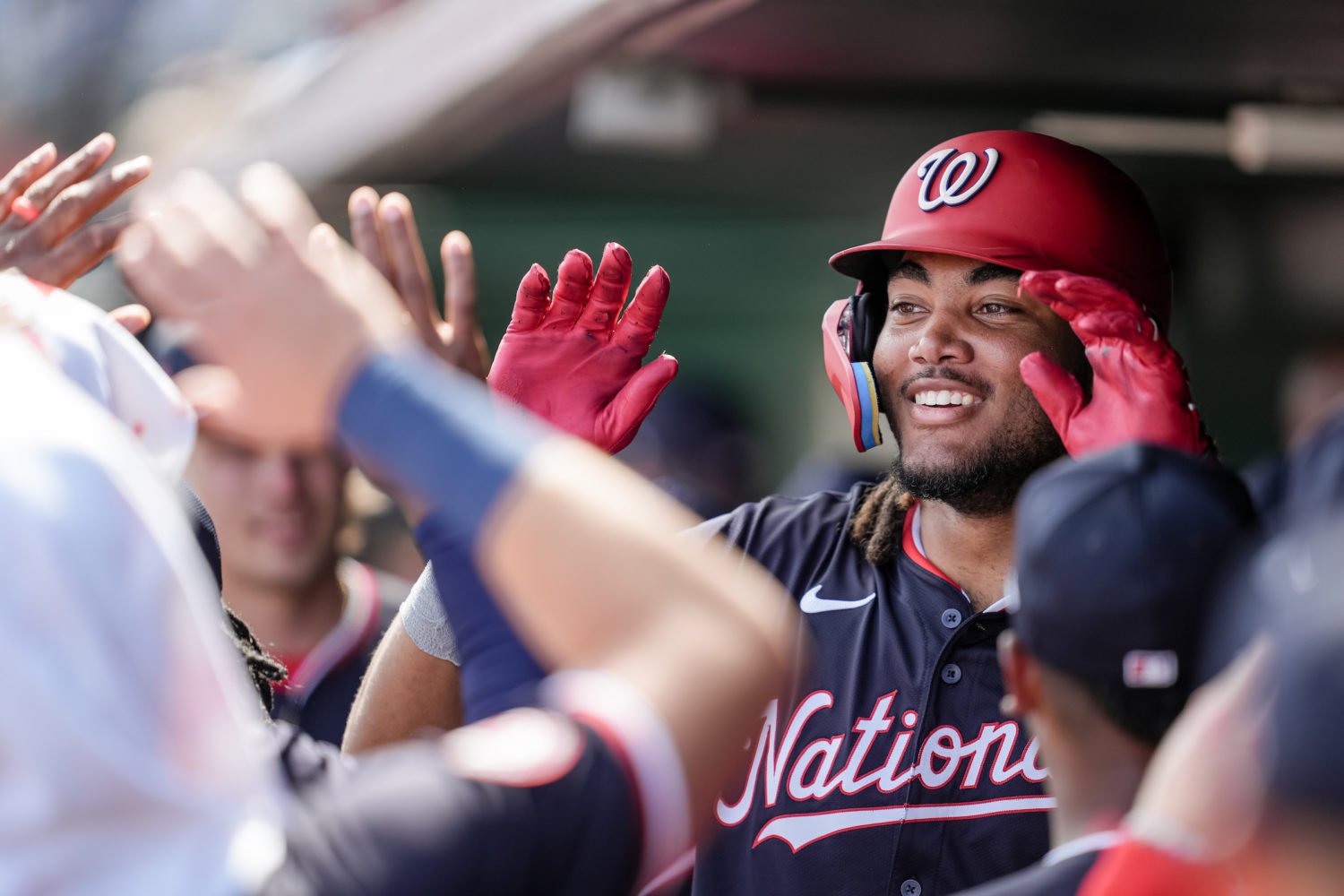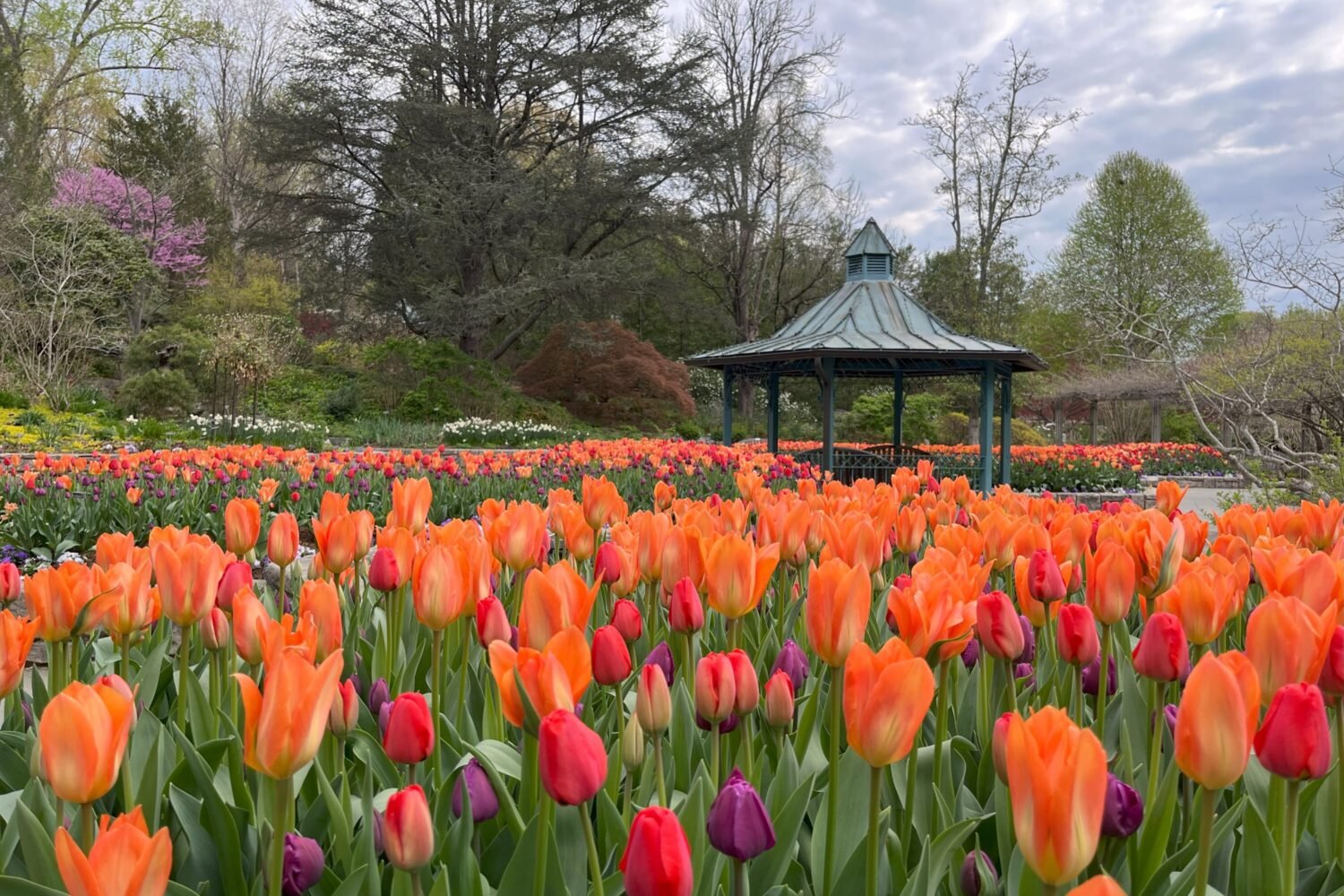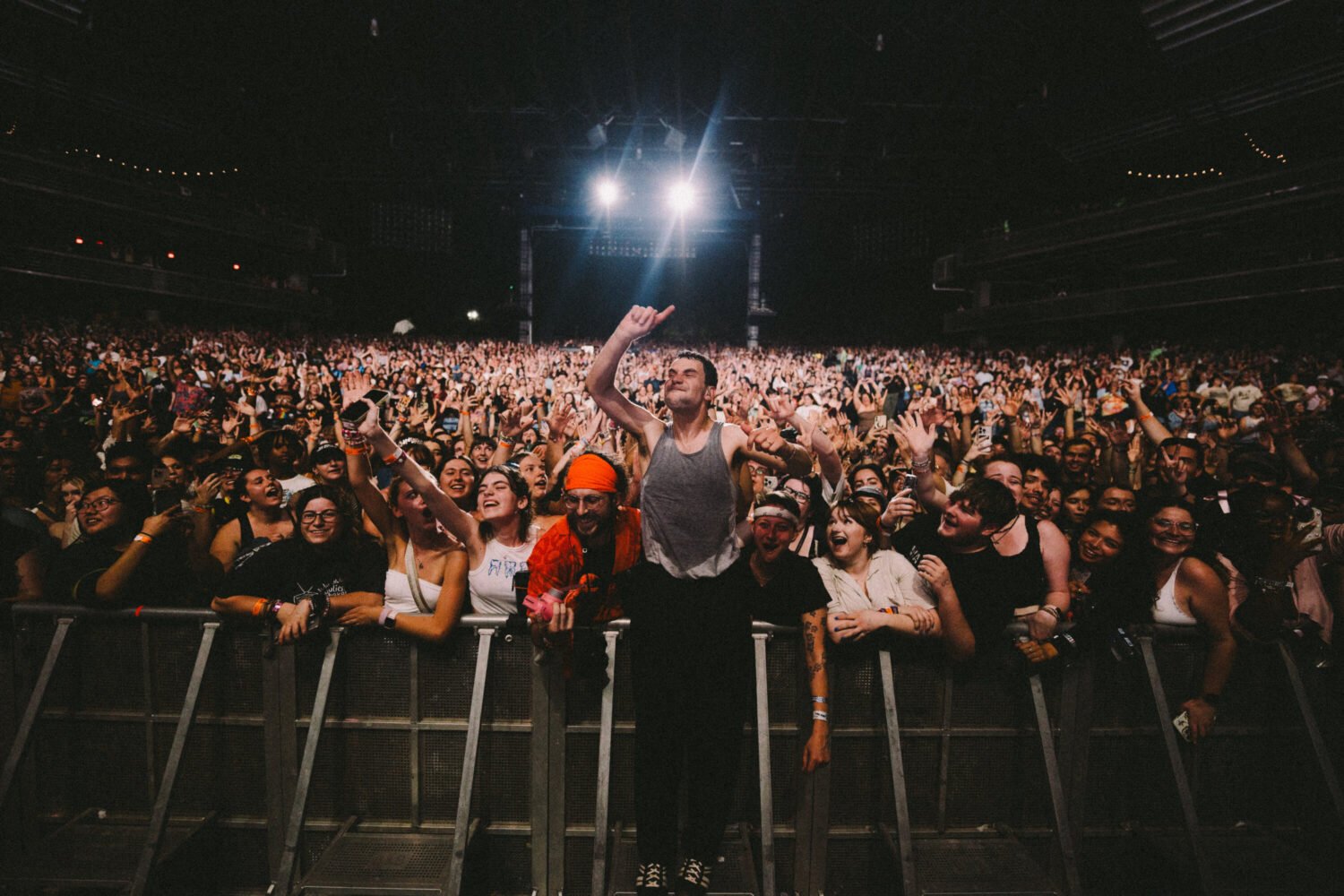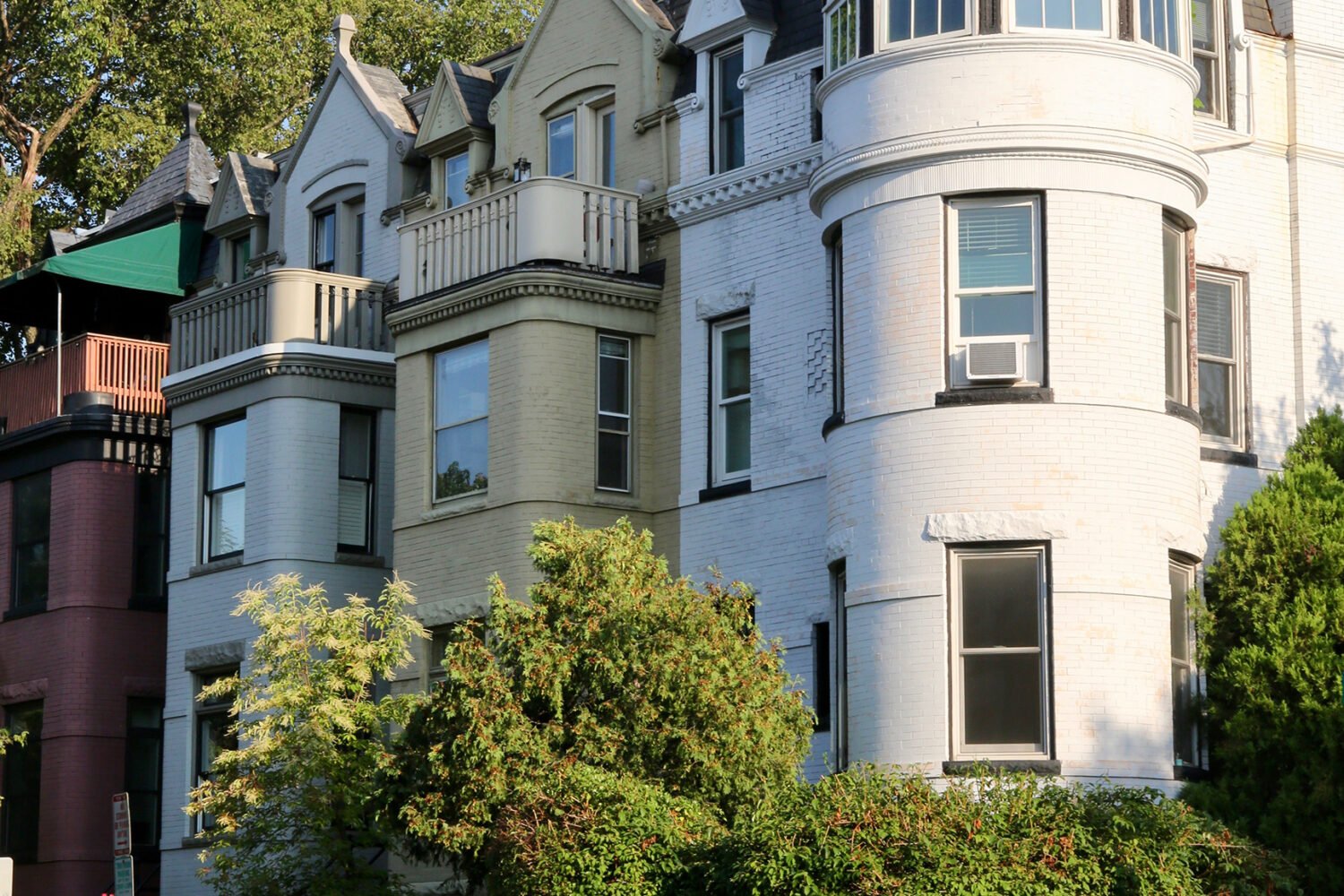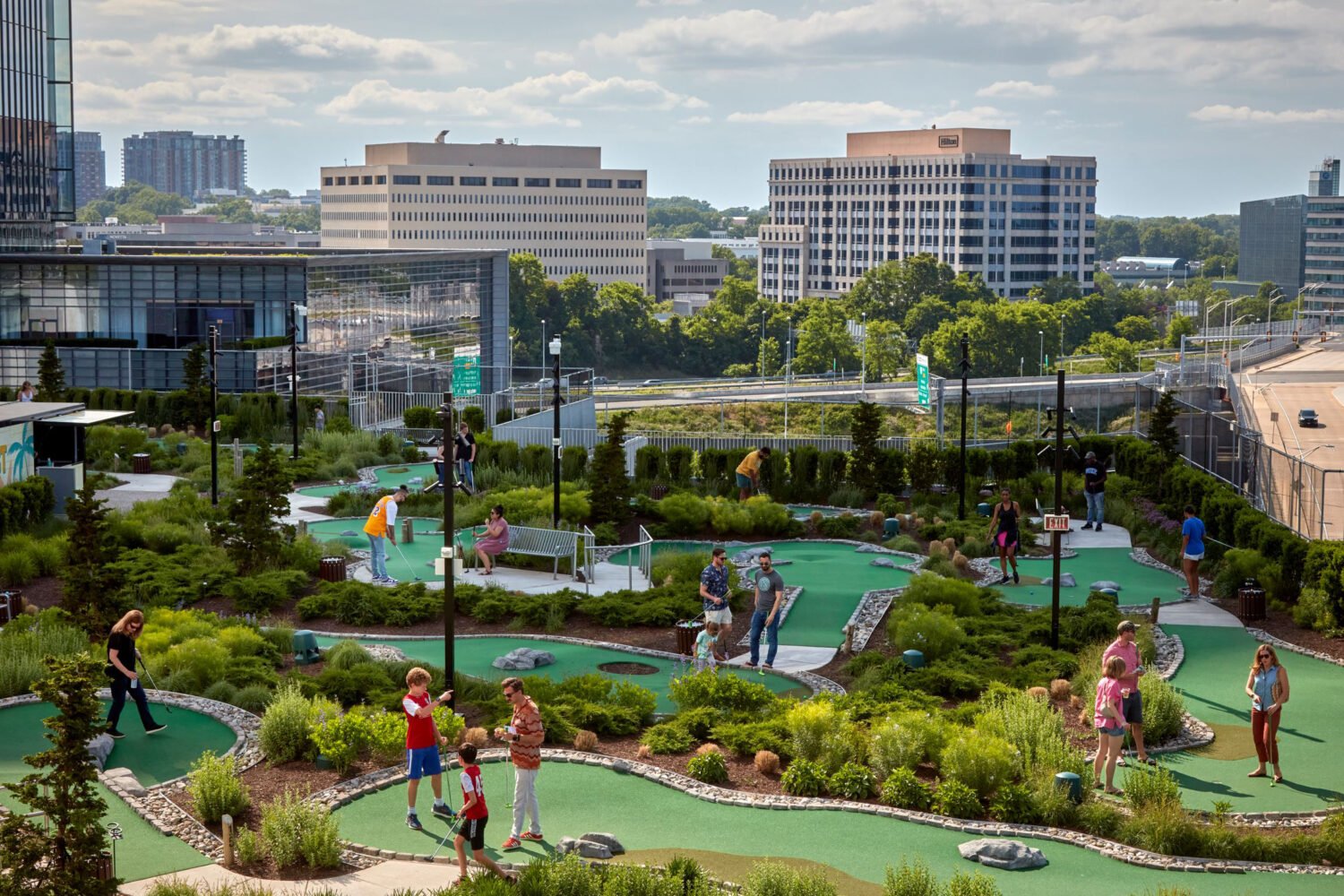As a boy, Mo Stein loved going to spring-training games in the Phoenix area, where he grew up. He sat in the bleachers but still felt like he was in the middle of the action. For decades, that same urge to see the game in a somewhat intimate setting—not to mention the promise of a new season—has lured baseball fans south to watch spring training every February and March.
Unfortunately, many of the complaints about regular-season contests—large crowds, soaring prices—have affected the spring game’s allure in recent years, too. Stein, now 62, is in a position to do something about it: He’s principal architect of the Ballpark of the Palm Beaches, the Washington Nationals’ new home in Florida.
“One of the great joys in baseball is you can be so much closer to the action than in any other sport,” Stein says. “And that’s what we’ve emphasized with our new venue.”
Grapefruit League action begins in late February for the Washington affiliate. After fans park their cars, they’ll follow paths through training fields, moving gradually up to the main concourse (where a giant team logo will no doubt be a popular selfie spot).
Sometimes the best spring sightings can be found on the practice fields—the staff ace working on his pick-off move, the everyday infielders refining their double-play throws. Such sights will be front and center at the Nats’ new home, Stein says.
“Fans interested in the daily workouts will have easy access and a chance to get autographs,” says Stein, who has also designed spring-training homes for the Arizona Diamondbacks, Colorado Rockies, Chicago White Sox, and Los Angeles Dodgers. “Fans who want to focus on the game experience will be very comfortable, too.”
In the Florida sun, comfort can mean shade. (Most games are played in the afternoon.) Thanks to the new ballpark’s configuration, the sun will be at most fans’ backs, and a large canopy over the grandstand will keep almost everyone in the shade.
With 6,440 seats and room for nearly another 1,300 spectators beyond the outfield fences, the Nats’ ballpark will be one of the smallest in the spring game. The New York Yankees, Boston Red Sox, and Chicago Cubs can all accommodate crowds of 10,000 or more. The Nats’ home for the past dozen springs—Space Coast Stadium in Viera, Florida—had 7,400 seats. The new park, Stein says, will have better sightlines, with seats closer to the field: “You’ll feel like you’ve never been closer.”
Space Coast Stadium was well off the beaten track, so getting tickets the day of the game usually wasn’t a problem. With the move 120 miles south to West Palm Beach, the Nationals now find themselves in the same neighborhood as the St. Louis Cardinals, the New York Mets, and the Miami Marlins (making sellouts—increasingly common in spring training—more likely). The Nats will share their ballpark with the Houston Astros, and the two teams will play each other seven times this spring, with the first game scheduled for February 28. Other key home matchups include the Red Sox (March 7), the Mets (March 16), and the Yankees (March 20).
Fans heading south this spring should consider buying tickets in advance (m.mlb.com/nationals/tickets/spring or 888-632-6287), especially for popular contests. A look on StubHub at press time found Nats tickets selling for $24 to $77.
***
While the Nationals have new digs, the Baltimore Orioles will return to Ed Smith Stadium in Sarasota, where they’ve trained each spring since 2010.
The 53-acre site includes the stadium, which seats nearly 7,500, plus practice fields. Fans can gaze upon the whole field as soon as they walk through the entrance behind home plate.
Marquee matches for the Orioles this spring include the Pittsburgh Pirates in the home opener February 26, the Yankees (February 27), the Red Sox (March 1 and March 27), and the Philadelphia Phillies (March 5, 13, and 16).
The Orioles’ and Nats’ training facilities lie 175 miles apart on opposite Florida coasts. Driving distance between the two is a little more than three hours, so with some planning, local fans can take in both teams.
Besides the Grapefruit League action this spring, a major slice of the 2017 World Baseball Classic will be played in Miami. Marlins Park (70 miles south of West Palm Beach) hosts Team USA, Colombia, Canada, and the Dominican Republic in first-round play March 9 through 13.
***
Stein says he “first fell in love with baseball in the springtime, and I know I’m not alone. That’s what I’ve tried to remember in building our new ballpark.”
The architect’s path to the game mirrors many others’. In 1962, the New Yorker first sent Roger Angell south to write about spring training. So began a career that eventually found him enshrined in the National Baseball Hall of Fame in Cooperstown, New York.
In the late 1990s, Angell and I often sat together for the playoffs and World Series. It was simply how the seats in the press box were assigned, and I couldn’t have been more fortunate. One chilly night in old Yankee Stadium, we got to talking about spring training—how far away it seemed in late October, how we’d love to be enjoying that warm weather right then.
At the first game of a new spring, Angell told me, he’d briefly close his eyes and listen to the infield chatter—the play-by-play drifting down from the press box, the vendors hawking peanuts and hot dogs. It was a personal ritual he’d detail in his book Five Seasons.
“The sounds flowed over me—nothing really worth remembering, but impossible entirely to forget,” he wrote. “They were the sounds I had missed all winter, without ever knowing it.”
Despite the game’s dramatic growth—after all, it’s fueled a niche architecture business—the reasons Angell loved spring training are still the same ones so many baseball fans head there. To hear the infield chatter. To see emerald-green grass again. To enjoy the more leisurely pace of spring contests. At Stein’s latest creation, fans may be as close as ever to the start of a new season.
If You Go
While baseball may be a key spring attraction in Florida, there are plenty of other activities in West Palm Beach, where the Nationals train, and in Sarasota, where the Orioles can be found.
Fifty miles of beaches are only a short drive from the Nats’ new ballpark. Other family attractions include the South Florida Science Center and Aquarium, the Palm Beach Zoo, the Flagler Museum, and Palm Beach International Raceway. Downtown West Palm Beach, especially the area around Clematis Street, has become a favorite place to shop, dine, and stroll. Major hotels in the vicinity include Hilton West Palm Beach, Spring Hill Suites, and Embassy Suites.
Sarasota has year-round attractions including the Ringling Museum of Art, the Cà d’Zan Mansion of circus memorabilia, botanical gardens, and a world-class antique-car museum. Sarasota also serves as the gateway to popular beaches on Lido Key and Siesta Key. Hotels within a five-mile drive of Ed Smith Stadium include the Hyatt Regency, Hotel Indigo, and Ritz-Carlton.
This article originally appeared in the February 2017 issue of Washingtonian.

